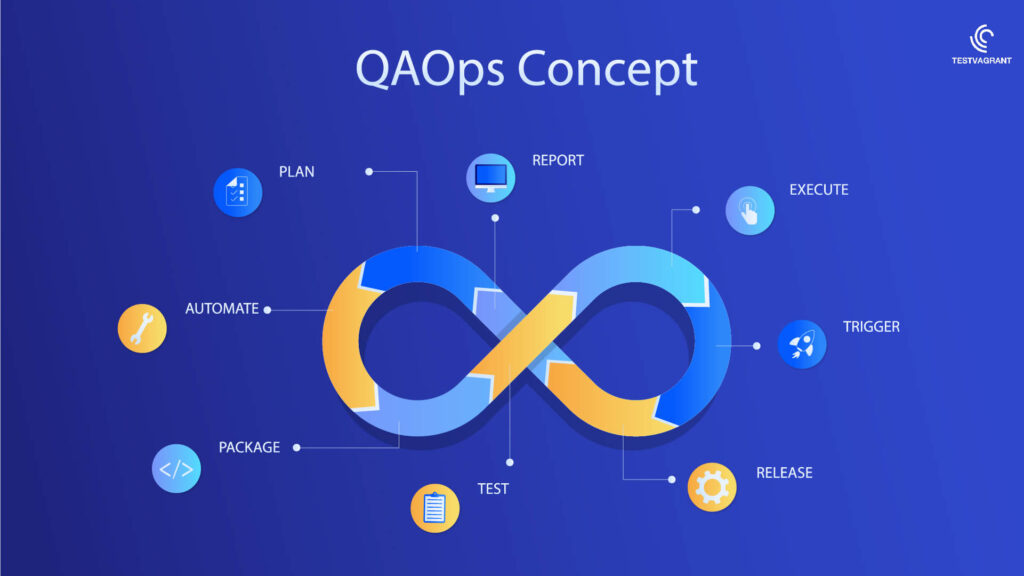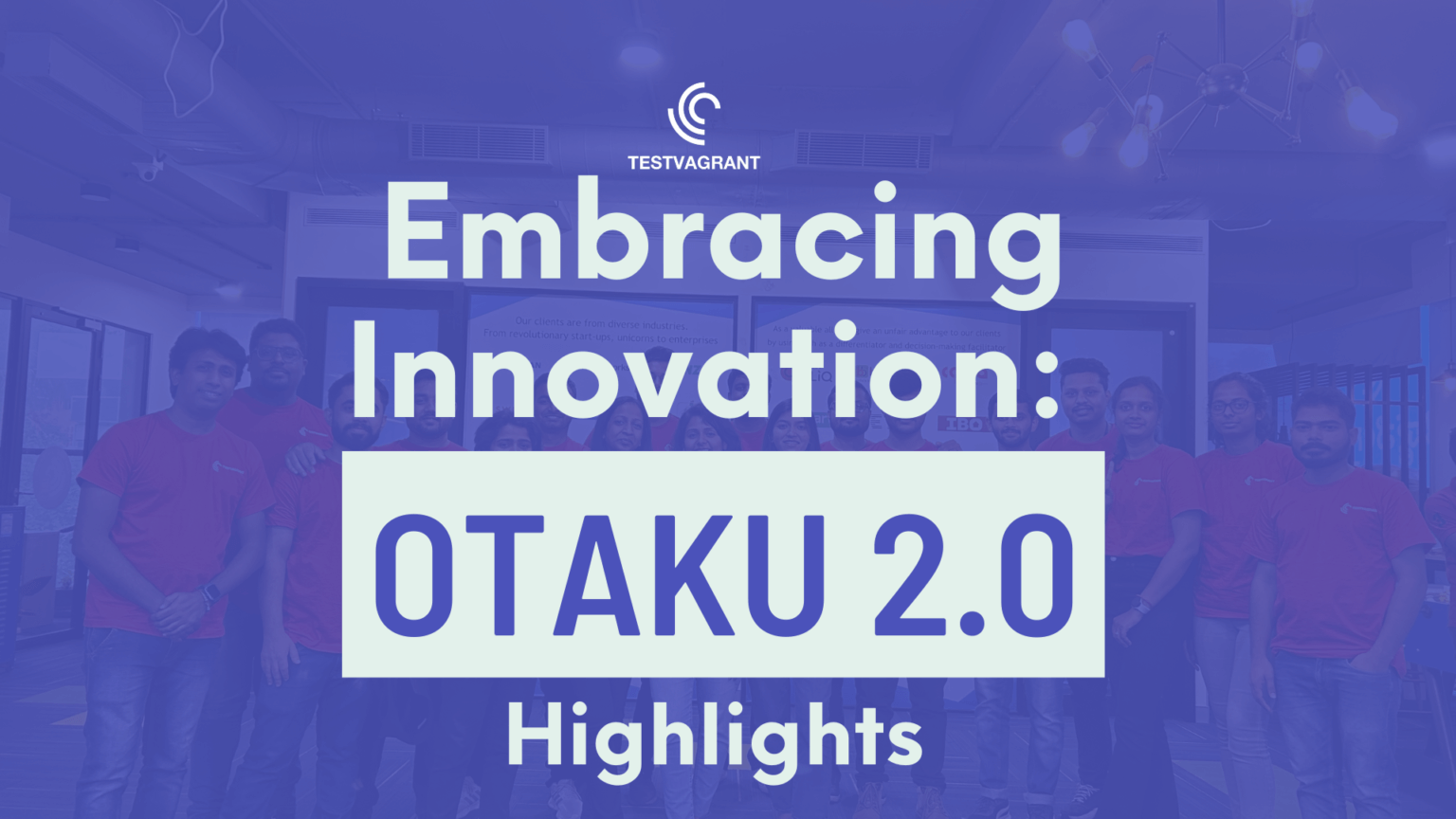
Test Observability & Engineering effectiveness
“Engineering Effectiveness” has been a central topic of discussion and focus this year

QAOps: How Is It Different From DevOps?
Quality Assurance (QA) plays a critical role in the creation and distribution of a software application. In contemporary times, when faster release and unparallel user experience are the two criteria for winning a competitive edge, combining QA and IT Operations (in short, QAOps) is going to be the next major trend in the software industry.
QAOps or Continuous Testing in DevOps tends to be the next logical step in the implementation of DevOps. It maintains the primacy of ‘efficiency’ in the SDLC and goes a step further in ensuring a high quality of the application without sacrificing the speed of delivery.
QAOps, therefore, focuses on optimizing the software delivery workflow and making it reliable, robust, safe, and faster. Though it is similar to DevOps, QAOps is emerging as a key technique to be followed in the delivery lifecycle. In reality, the QA team in QAOps holds the position that the production team holds in the SDLC.
As QA is incorporated into the distribution workflow, the end product ensures higher quality than the one produced following the conventional approach. As an integral part of the CI/CD workflow, where extensive automation is used, results can be achieved quickly.
When the QA team interacts with Development and Operation teams, it promotes out-of-box thinking and helps in improving their skills.
With QA being more involved in the production lifecycle than ever, there are regular interactions with other teams which increases productivity.
As QAOps incorporates continuous checking, there is a higher degree of accuracy, stability, and durability of the device that ensures a superior customer experience.
In DevOps testing practices, coordination is primarily between production and operational teams to ensure that the final product meets user expectations. Here, consistency or QA is part of the production process and plays a ‘secondary’ role in the broader scheme of things. In the DevOps testing approach, DevOps specialists are primarily developers, secondary-level testers, and operating team members.
Thus, even though the main thrust is consistency, the QA specialists remain in the background. However, in QAOps, the operating team primarily communicates and works with the QA team to ensure the consistent delivery of the product. In this scenario, QA is not excluded by the production team but remains an equal stakeholder in the entire value chain. The outcome of QAOps research is the continuous delivery of superior user experience.
The key thrust of DevOps is to ensure that the program can be deployed at any time with new functionality in place. Here, each stakeholder can function as part of a single team working towards a common goal. DevOps calls for the Development and Operations Team to act as a single entity to generate business value through the value chain.
The key thrust of QAOps is to ensure the quality of the application in terms of performance, scalability, functionality, safety, and usability, among others. And since the major focus of QAOps testing is on achieving the consistency of the software application along with the speed of delivery, the quality of the application is of the highest level.

“Engineering Effectiveness” has been a central topic of discussion and focus this year

With us, you’re not just a part of a company; you’re part of a movement dedicated to pushing boundaries, breaking barriers, and achieving the extraordinary.

Otaku 2.0 sought to redefine the way we approach testing, celebrate the spirit of innovation, and pave the way for a brighter future in tech.